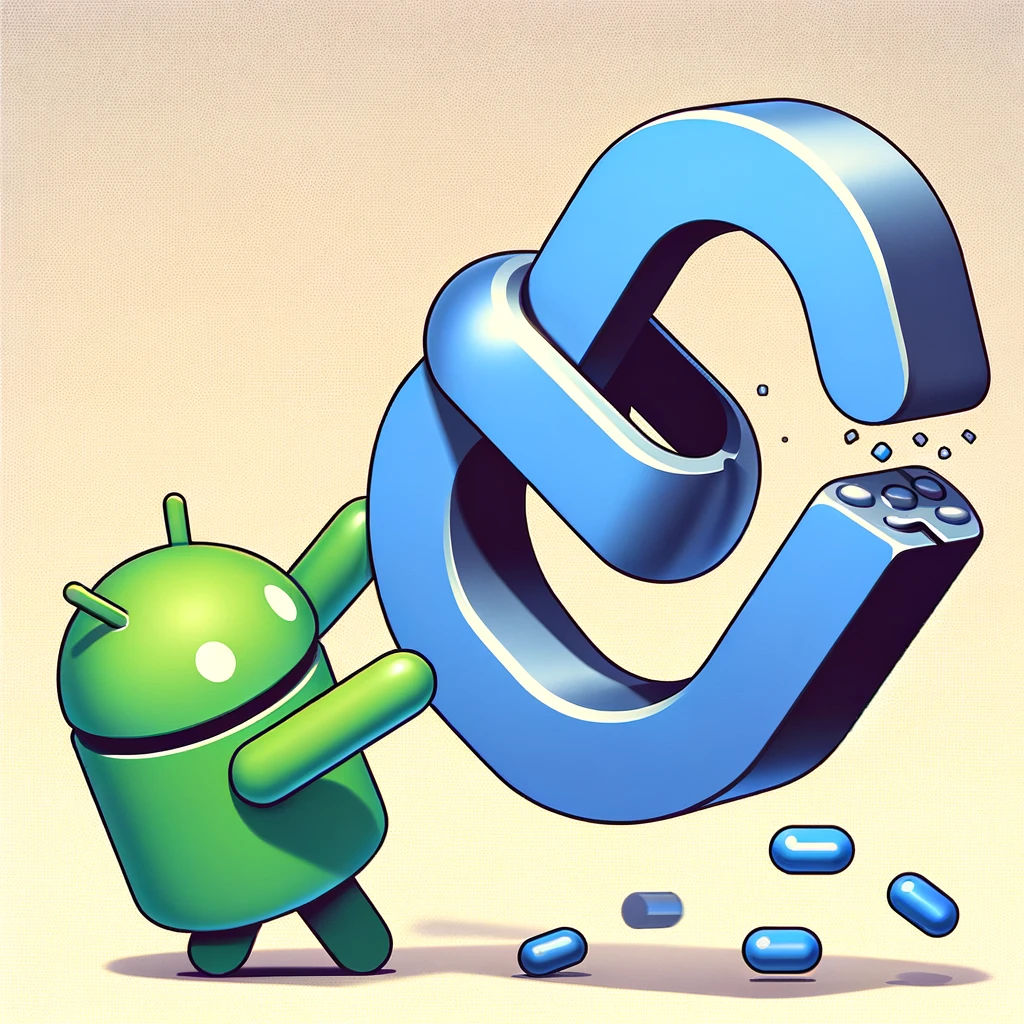In the fast-paced world of mobile application development, efficiency and ease of integration are paramount. React Native’s New Architecture brings a game-changer to the Android platform: auto-linking. This feature simplifies the process of integrating third-party libraries, a task that traditionally required a significant amount of manual configuration and maintenance. As a CTO or a senior developer, understanding the advantages of Android auto-linking and how it can benefit your React Native projects is crucial. This article delves into the world of auto-linking, highlighting its benefits, how it works, and the positive impact it can have on your development workflow.
What is Android Auto-linking?
Android auto-linking is a feature in React Native that automatically links third-party native modules and dependencies into your Android project. In the past, integrating a new native library meant manually updating build files, a process that was not only time-consuming but also prone to errors. Auto-linking automates this process, detecting the dependencies in your project and configuring them without manual intervention.
Key Advantages of Android Auto-linking
-
Reduced Manual Configuration: The most immediate benefit of auto-linking is the drastic reduction in manual setup. This means less time tinkering with build files and more time focusing on building great features.
-
Fewer Integration Errors: Manual configuration is prone to human error. Auto-linking standardizes the integration process, reducing the likelihood of mistakes and the time spent debugging them.
-
Faster Development Cycles: By automating the linking process, auto-linking accelerates the development cycle. Integrating a new library can be done with a simple command, allowing your team to quickly leverage new functionality.
-
Streamlined Updates: When libraries are updated, auto-linking makes it easier to incorporate those changes into your project, ensuring you're always using the latest features and security enhancements.
How Auto-linking Works in the New Architecture
React Native’s New Architecture has been designed with modern development practices in mind. It abstracts much of the complexity of interacting with native code, and auto-linking is part of this approach. When you install a new library, React Native's CLI tools scan the package for native code and automatically update your project files accordingly. This process is seamless and requires little to no manual intervention.
Implementing Auto-linking in Your Projects
Implementing auto-linking is straightforward. For most projects, it's a matter of ensuring you're using a version of React Native that supports auto-linking and then following the standard process for installing libraries. The CLI tools handle the rest. However, some older libraries might not be fully compatible with auto-linking. In such cases, some manual configuration might still be necessary.
Best Practices for Using Auto-linking
While auto-linking simplifies integration, there are best practices you should follow:
-
Regularly Update Your Libraries: To get the most out of auto-linking, keep your third-party libraries up to date. This ensures compatibility and access to the latest features and fixes.
-
Test Thoroughly: Even with auto-linking, always thoroughly test your app after adding or updating libraries. This ensures everything works as expected and maintains app stability.
-
Understand Your Dependencies: Auto-linking makes it easy to add libraries, but it's still important to understand what you're adding to your project. Know the functionality and potential impact on app size and performance.
The Future of Auto-linking
As React Native continues to evolve, auto-linking will become more robust and capable. The community is actively working on improving compatibility and streamlining the integration process further. For CTOs and developers, this means a continuously improving development experience and more time to focus on what matters: creating great applications.
Conclusion
Android auto-linking in React Native's New Architecture represents a significant step forward in simplifying mobile app development. It reduces the time and effort required to integrate third-party libraries, minimizes errors, and accelerates the development cycle. For CTOs and development teams, leveraging auto-linking means more efficient workflows, better resource allocation, and ultimately, faster delivery of high-quality applications to users. As you plan your next project or consider upgrading your current one, remember the advantages of auto-linking and how it can streamline your development process. Embrace this feature and position your team for success in the competitive world of mobile app development.
Book a consultation with us today to explore how Android auto-linking can benefit your projects and streamline your development process. Take a step towards more efficient and effective mobile app development.


